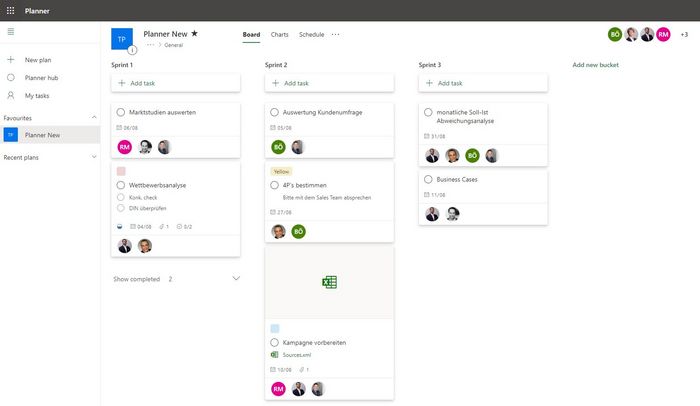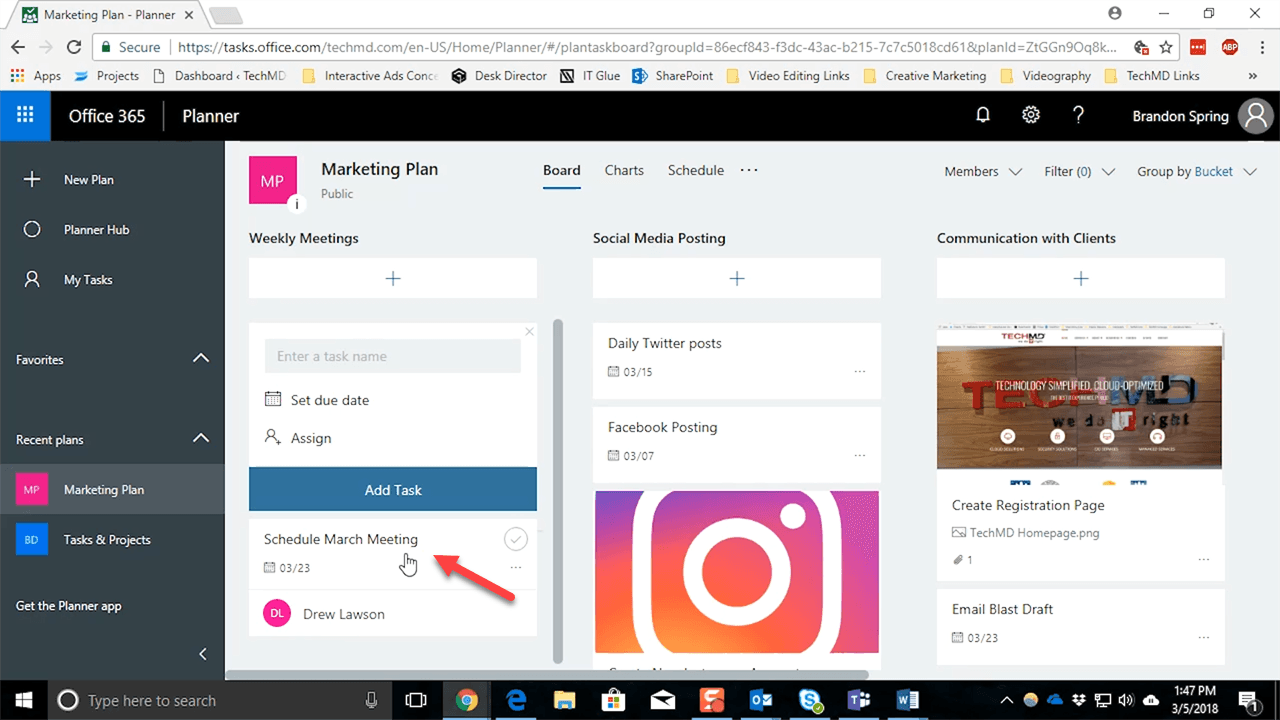

Monitor for newly constructed containers that may abuse task scheduling functionality to facilitate initial or recurring execution of malicious code. Monitor executed commands and arguments that may abuse task scheduling functionality to facilitate initial or recurring execution of malicious code. Limit privileges of user accounts and remediate Privilege Escalation vectors so only authorized administrators can create scheduled tasks on remote systems.
#WINDOWS TASK PLANNER WINDOWS#
This can be can be configured through GPO: Computer Configuration > Windows Settings > Security Settings > Local Policies > User Rights Assignment: Increase scheduling priority. Ĭonfigure the Increase Scheduling Priority option to only allow the Administrators group the rights to schedule a priority process. The setting can be configured through GPO: Computer Configuration > Windows Settings > Security Settings > Local Policies > Security Options: Domain Controller: Allow server operators to schedule tasks, set to disabled.

The associated Registry key is located at HKLM\SYSTEM\CurrentControlSet\Control\Lsa\SubmitControl. Ĭonfigure settings for scheduled tasks to force tasks to run under the context of the authenticated account instead of allowing them to run as SYSTEM. Toolkits like the PowerSploit framework contain PowerUp modules that can be used to explore systems for permission weaknesses in scheduled tasks that could be used to escalate privileges. StrifeWater has create a scheduled task named Mozilla\Firefox Default Browser Agent 409046Z0FF4A39CB for persistence. Remsec schedules the execution one of its modules by creating a new scheduler task. Lokibot's second stage DLL has set a timer using "timeSetEvent" to schedule its next execution.

Įarth Lusca used the command schtasks /Create /SC ONLOgon /TN WindowsUpdateCheck /TR "" /ru system for persistence. DEADEYE has used the scheduled tasks \Microsoft\Windows\PLA\Server Manager Performance Monitor, \Microsoft\Windows\Ras\ManagerMobility, \Microsoft\Windows\WDI\SrvSetupResults, and \Microsoft\Windows\WDI\USOShared to establish persistence.


 0 kommentar(er)
0 kommentar(er)
